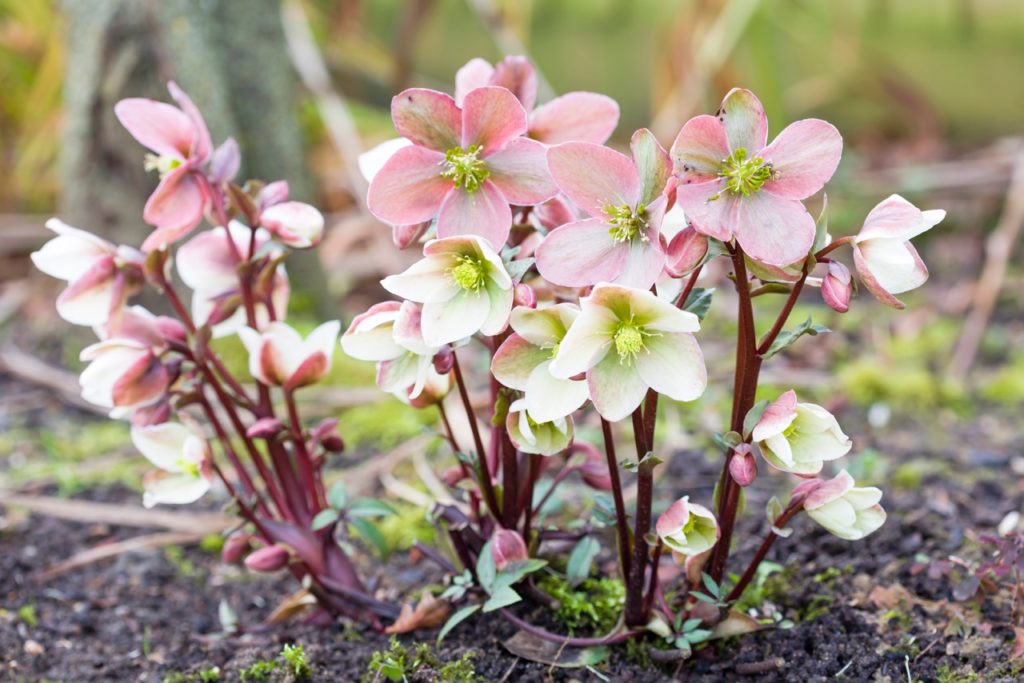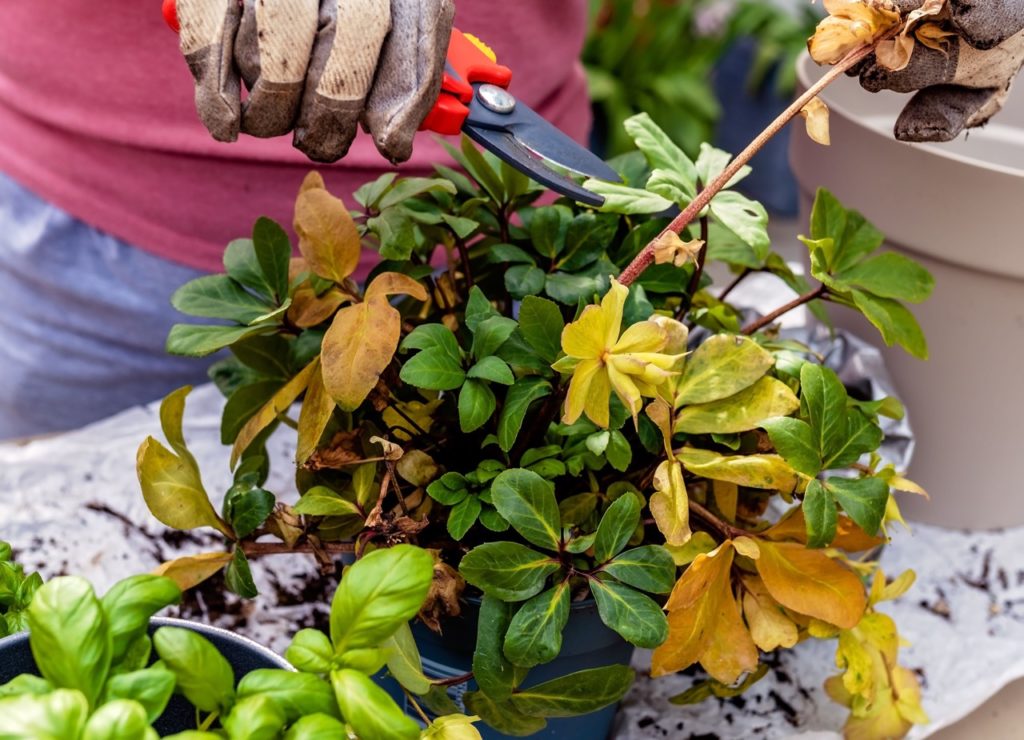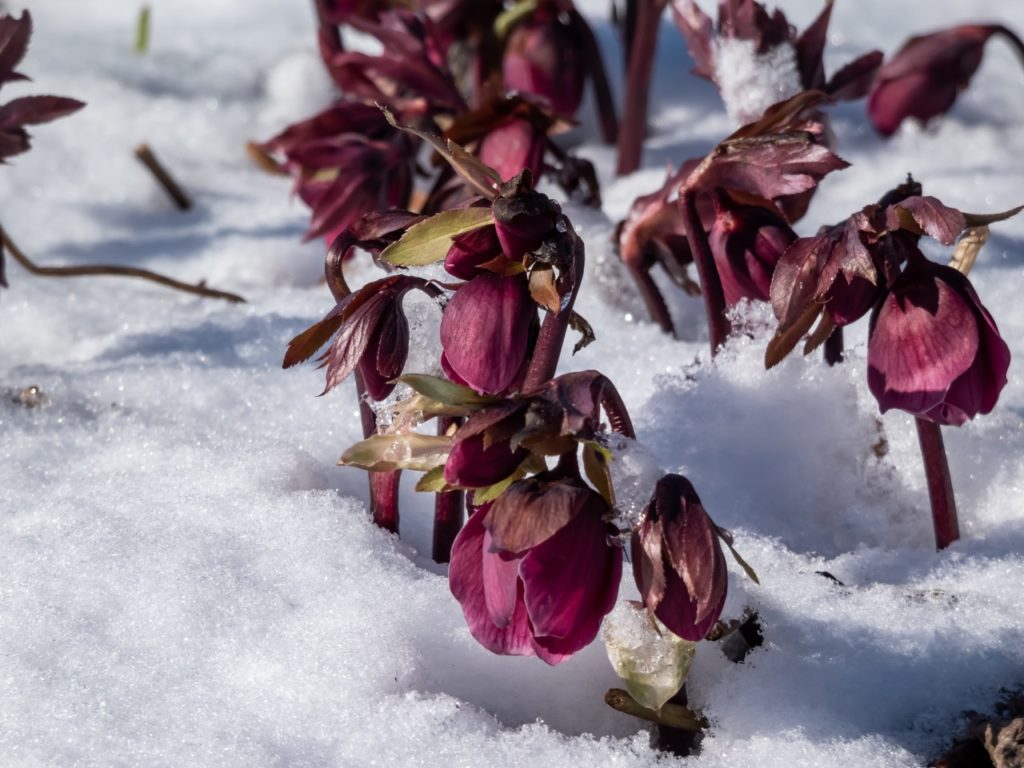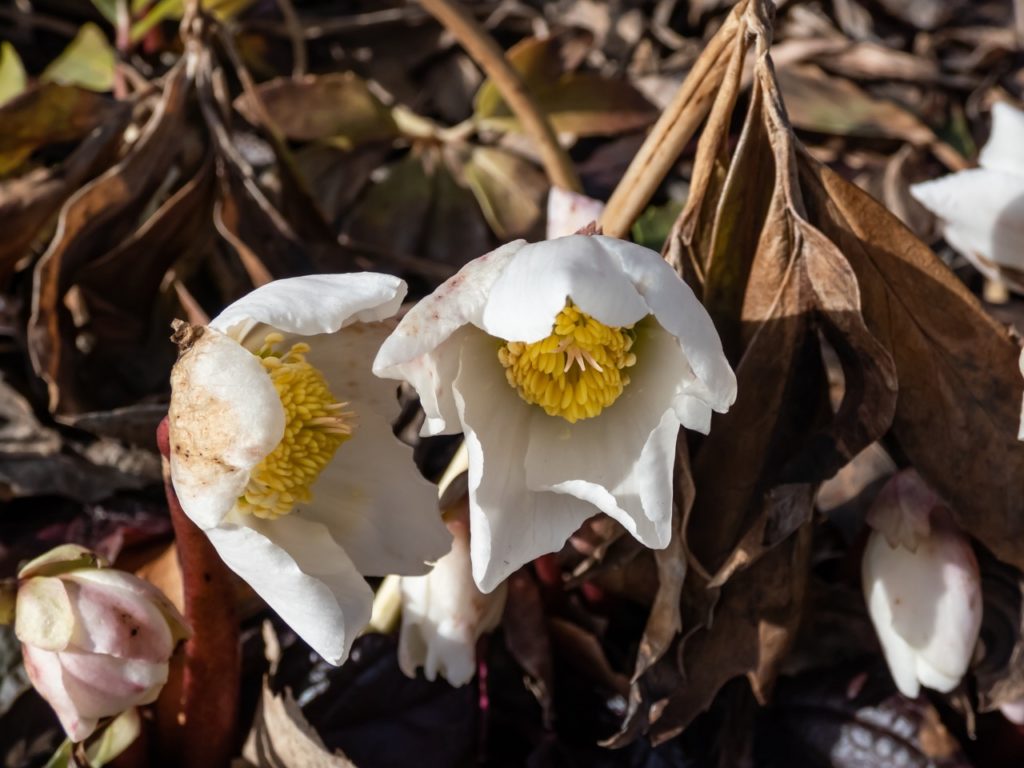Pruning Hellebore In 3 Steps – ‘In Late Winter, I Remove All Of Last Year’s Foliage’

PERENNIALS > HELLEBORE > PRUNING

Ed is a horticultural therapist, professional gardener and writer. Ed has a BSc in Occupational Therapy from Coventry University and a Diploma in Social and Therapeutic Horticulture (DipSTH) via Thive, the RHS and Pershore College. Ed runs a community kitchen garden in West Sussex, where he leads horticultural therapy sessions.
Reviewed By COLIN SKELLY

Colin is a Horticulturist and Horticultural Consultant with experience in a range of practical and managerial roles across heritage, commercial and public horticulture. He holds the Royal Horticultural Society’s Master of Horticulture award and has a particular interest in horticultural ecology and naturalistic planting for habitat and climate resilience.
IN THIS GUIDE
HELLEBORE GUIDES
Black & Purple Varieties
Container Growing
Propagation
Pruning
Sowing
White Varieties
Hellebores are a group of flowering perennial plants that can bloom from winter through to spring.
There are several benefits to cutting back hellebores, including maintaining optimal plant health and removing the foliage so that their jewel-like flowers can be seen and enjoyed.
Cutting back hellebores is a fairly simple process as described below:
- Remove any browning, diseased or damaged foliage.
- Deadhead the flowers back to the base of the stem.
- Get rid of old foliage to prevent the spread of any pests or problems.
This process is explained in more depth underneath.
| Difficulty | Easy |
| Equipment Required | Secateurs, gardening gloves |
| When To Prune | October to February |
When To Prune Hellebore
Hellebores should be cut back either in the autumn or in mid-winter, depending on the variety.

The easy-to-care-for and widely-grown Helleborus x hybridus, with its nodding flowers that tend to bloom in February and March, requires cutting back in late winter before the new growth appears.
Other hellebore varieties require some pruning in late autumn and after flowering in spring.
1) Remove The Foliage
The foliage of Helleborus x hybridus is semi-evergreen and can begin to look tired and tatty towards the end of the year.
It is these old and often browning leaves that can be removed by cutting to the base of the stem with a clean and sharp pair of secateurs.
“In late winter, I remove all of last year’s foliage on my H. x hybridus,” shares Colin Skelly, a Horticultural Consultant.
“At the same time, I mulch around them with compost.

“This creates the perfect backdrop for the emerging flowers to stand out as they emerge as well as improving the soil.”
Other hellebore varieties require any diseased or damaged foliage to be cut away earlier in the autumn.
Hellebores can be prone to a fungal disease called leaf spot, characterised by dark spots and blotches on both the foliage and the flowers.
Cutting back and removing any infected or old foliage can help prevent and control leaf spot disease.
2) Deadhead Spent Flowers
Helleborus x hybridus have a tendency to self-seed and can even take over an area.
This can be minimised by either deadheading the spent flowers back to the flowering stems’ base with secateurs before the seed pods are formed or by removing the seedlings once germinated.

Other hellebore varieties, such as Helleborus foetidus or the Stinking Hellebore as it is suitably named, which flower in spring can also self-seed freely.
These produce thicker and taller flower stems which can either be cut back right after flowering to discourage their reproduction or left to develop pods and self-seed, before cutting back to their base.
3) Dispose Of Old Foliage
Along with the fungal leaf spot disease, hellebores can also succumb to a viral disease known as Hellebore black death.

Aptly named due to the black linear markings on the foliage that appear, the only control is to remove and destroy the plant when the disease is identified.
As a result, and to avoid contamination, it is recommended not to add any hellebore material to home composting systems, but for it to be destroyed instead.
